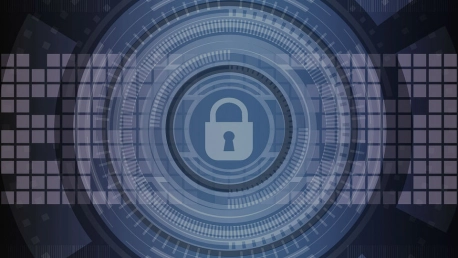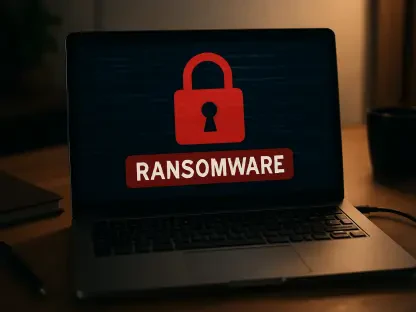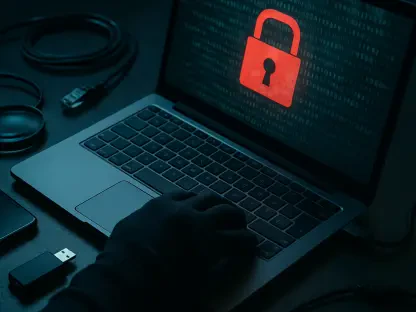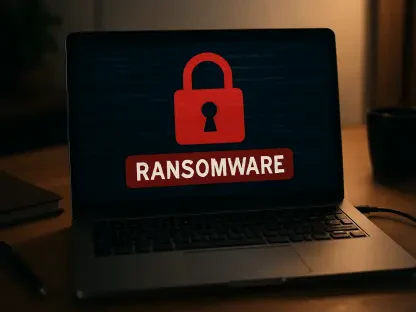The idea that smartphone cameras may represent cybersecurity risks is not new. Smartphone-induced risks have plagued researchers from the beginning of this trendy devices’ rise. In time, specialists analyzed various scenarios. More recently, an official incident determined a new wave of smartphone camera-related concerns.
More precisely, as CNN Tech described in their article, the question is this: what if national security documents get exposed via ordinary smartphones whose camera or microphone are vulnerable to hackers?
The hacking target theory
A recurring motif when it comes to hacking is that ordinary people feel like their common status protects them. They usually acknowledge how different types of attacks target officials, company executives or other persons of value due to their position, yet they exclude themselves as potential victims. Why me – I have nothing to raise the hackers’ interest.
This mention comes in handy because some may suddenly feel that an article revolving around how national security documents can be accessed via smartphone is uninteresting. Well, without denying the possibility of such an angle, the same hacking risks affect just anyone – in theory.
What are these risks, more exactly?
Mobile spy tools can relatively easy compromise smartphones. The risks are higher for Android phones than for iPhones – as a security specialist revealed to CNN. This means that virtually any data someone stores or circulates through the phone could be accessed by malicious parties. All it suffices is the will and the way. That is why smartphone owners should prepare in advance and take all the possible precautionary measures.
An older scenario that goes even further
A 2014 Technical University Berlin and Telekom Innovation Laboratories study considered how via a compromised smartphone camera attackers could steal sensitive passwords or other credentials.
High-end cameras are “powerful enough to capture detailed images of screen reflections in the eyes or glasses of smartphone users”, according to the study. Even the biometric authentication could suffer as a consequence of this type of attack.
An accessory that solves this vulnerability appeared in the form of a special cover. Called EyePatch, this special phone case allows blocking (and protecting) both the front, as well as the rear camera.
As we have seen above, out of the two categories of major smartphone types, the iPhones are indeed the more secure, cyber-risk wise. The special cover protects the less risk-prone (notable) smartphones on the market, in other words. Nevertheless, it is a beginning. As the product tagline states, the protection and privacy of the smartphones benefit from such a detail. Apparently, this all sprouted out of some discussions that concluded that covering a phone’s camera with tape is not enough.
Smartphone-induced risks, unavoidable?
The old school approach regarding this matter consists of clearly eliminating certain documents/data from smartphone’s reach. There is a difference here between having the impression of protection and actually being protected, though.
Let’s assume that a smartphone owner decides to keep all sensitive data out of his/her phone. And let’s assume he always stays vigilant and manages to fulfill this desideratum. If the device’s camera risks to come into contact with potentially “interesting” images in the surrounding environment, the risks remain. Only now they extend upon the physical surroundings.
Here’s the scenario. A smartphone owner keeps all his/her sensitive data out of the phone. Yet he/she takes a personal call in the office. The camera is hacked and the cyber-attackers get a live feed containing papers on the desk, the image of the work computer and so on. However far fetched it may seem, this is however a plausible scenario.
What would be a few takeaways
In conclusion, depending on their jobs, some people do need highly-secured smartphones. Others, just out of a more security-concerned approach, could use to cover their cameras with something more resistant than tape.
Private life is also at stake in these possible instances. Nobody likes to consider the possibility of strangers spying on their lives as a highly likely event. Also, it is not always about the private data belonging to the smartphone owners. Sometimes it is also about the people who are close to the phone owners, or even about his/her coworkers. A risk is always a risk, and one cannot control whether it materializes or not, or in what direction it may choose to do so.
Never forget that smartphones are powerful pieces of technology. They might seem toy-like sometimes, they might have turned into out faithful companions. But when it comes to cyber-enemies, they are just windows into people’s lives. Weaponizing them and transforming them into spying tools is not as hard as it may seem.
Update your Operating Systems, pay attention where you take your phones out of your pockets, maybe even cover your cameras. And when dealing with critical data, go for the highest secured device, just in case.









